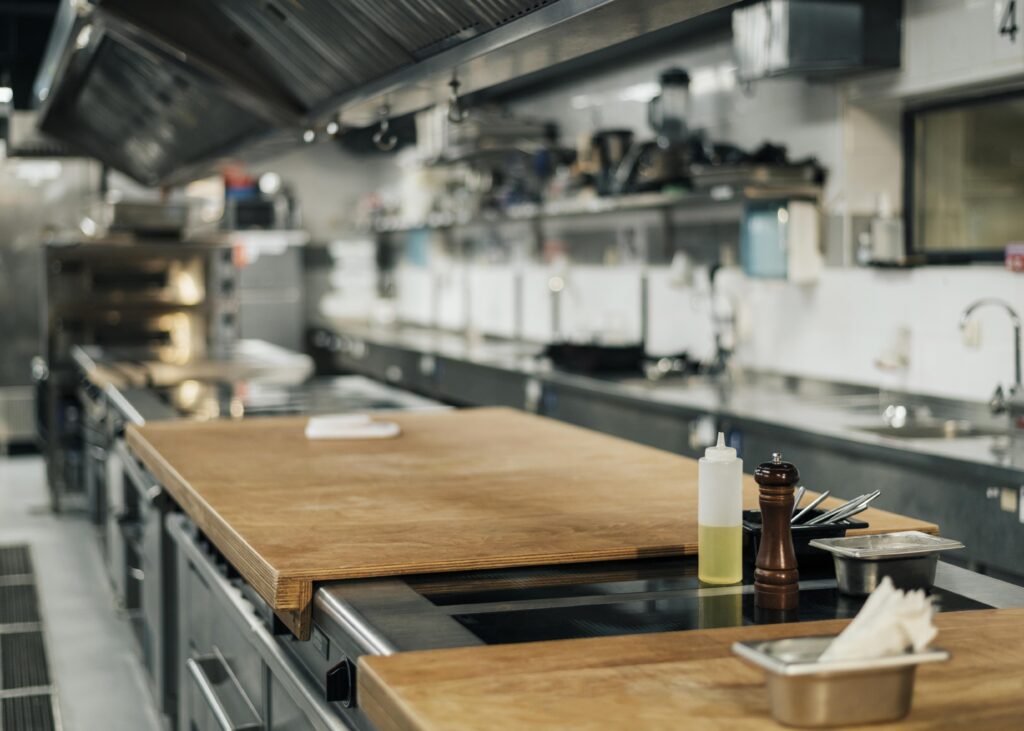Business Planning & Strategy, Financial Models
Culinary School Business: Costs, Revenue Potential & Profitability
Culinary education operates in a high-CapEx, prestige-sensitive segment with strong demand elasticity. While interest in professional cooking remains robust, profitability is challenged by long program durations, high instructor-to-student ratios, and expensive kitchen infrastructure. Scalable profitability requires a strategic mix of short-format monetization, premium branding, and hybridized instruction—structured for throughput, capital efficiency, and revenue diversification.
Asset Configuration
Culinary schools are asset-heavy. Kitchen-classroom hybrids must comply with commercial-grade ventilation, safety, and health regulations. A mid-sized facility requires 3–5 training kitchens, each supporting 12–16 students, plus lecture space, offices, and common areas.
| Asset Category | Cost Range (USD) | Notes |
|---|---|---|
| Kitchen Build-Out (3–5 units) | $300,000 – $600,000 | Commercial kitchen + instructional layout, 12+ workstations |
| Ventilation & Compliance | $100,000 – $200,000 | Fire suppression, HVAC, grease traps |
| Equipment (Ovens, Fridges) | $150,000 – $250,000 | Cooktops, ranges, mixers, fridges, dishwashers |
| Classroom & Office Space | $50,000 – $90,000 | Whiteboards, projectors, lockers, admin desks |
| Branding & Interior Design | $20,000 – $40,000 | Premium visual identity matters for pricing power |
Total CapEx for a professional culinary school: $620,000 – $1.2M, with potential cost mitigation via grants, equipment sponsorships, or subleasing kitchens during off-hours.
Revenue Model
Culinary schools operate on high-ticket, cohort-based programs. Flagship diploma courses typically range from $15,000–$30,000 per student over 6–12 months. Short-format courses (evening classes, weekend workshops, corporate team-building) provide higher margin per hour and better capacity utilization.
Revenue diversification includes branded merchandise, private events, facility rentals, and culinary tourism programs. B2B revenue—hospitality group training, hotel chains, or government upskilling contracts—can anchor base cash flow.
Annual Revenue Potential: 3-Kitchen Facility
| Revenue Stream | Volume Assumption | Annual Revenue (USD) |
|---|---|---|
| Professional Programs | 100 students/year @ $20,000 avg. | $2,000,000 |
| Short Courses & Workshops | 600 students/year @ $250 avg. | $150,000 |
| Corporate & Team Events | 50 events/year @ $2,500 avg. | $125,000 |
| Facility Rentals (off-hours) | 100 days/year @ $500 avg. | $50,000 |
| Merchandise & Equipment Kits | $500/week avg. | $26,000 |
| Online Content/Certifications | 300 enrollments @ $150 avg. | $45,000 |
| Total | $2,396,000 |
Premium schools with 4+ cohorts and global licensing can exceed $5M/year. Schools offering only long-format courses without auxiliary monetization tend to plateau at $1M–$1.5M.
Operating Costs
Labor and food inventory are primary drivers. Instructors are typically certified chefs earning $30–$60/hour or salaried at $60K–$100K/year. Food cost averages 10–15% of program tuition but fluctuates with sourcing practices and program structure.
| Cost Category | Annual Cost (USD) |
|---|---|
| Faculty & Instruction | $650,000 – $725,000 |
| Food & Consumables | $240,000 – $360,000 |
| Marketing & Branding | $180,000 – $230,000 |
| Rent & Facility Ops | $240,000 – $290,000 |
| Admin & Admissions Staff | $145,000 – $190,000 |
| Software & LMS | $45,000 – $60,000 |
| Total | $1.50M – $1.90M |
Well-structured schools maintain 35%+ EBITDA margins. Institutions with poor cohort management, underfilled programs, or low secondary revenue struggle to reach breakeven.
Profitability Strategies
Revenue per kitchen-hour and cohort fill rate are the two defining KPIs. A high-performing school targets >$300 revenue per kitchen-hour and 85–90% cohort capacity. This requires optimized scheduling across multiple cohorts and aggressive off-hour monetization.
Short courses, team events, and facility rentals during evenings/weekends convert otherwise idle kitchen hours into margin-rich revenue. Branded add-ons (e.g., uniform kits, knives, books) can raise ARPU by 10–15% at >70% gross margin.
Digital content—such as hybrid learning modules, theory lessons, and alumni refreshers—can be developed once and scaled with near-zero marginal cost. Licensing this content to partner schools or institutions further multiplies revenue without capacity constraints.
Cost-side efficiency requires centralized food procurement, batch prep where possible, and tight instructor-to-student ratios (1:12–16). High-end equipment sponsors (e.g., ovens, knives) reduce CapEx and boost brand credibility.
So what?
A culinary school is not just a teaching institution but also a high-capacity, fixed-asset monetization model. Success depends on optimizing cohort throughput, monetizing idle hours, and building brand equity that justifies premium pricing. Operators who combine flagship diploma programs with short-format offerings, hybrid content, and strategic partnerships can achieve 35%+ EBITDA margins and 3–4 year CapEx payback. Culinary education is a prestige product and when executed with precision, it becomes a scalable, high-yield professional training business. Execution requires precision, automation, and a productized mindset, not traditional classroom thinking.

Are you considering opening your Culinary School business? Download the comprehensive Culinary School Financial Model Template from SHEETS.MARKET to simplify your financial planning. This tool will help you forecast costs, revenue, and potential profits, making securing funding and planning for success for your culinary school business easier.



